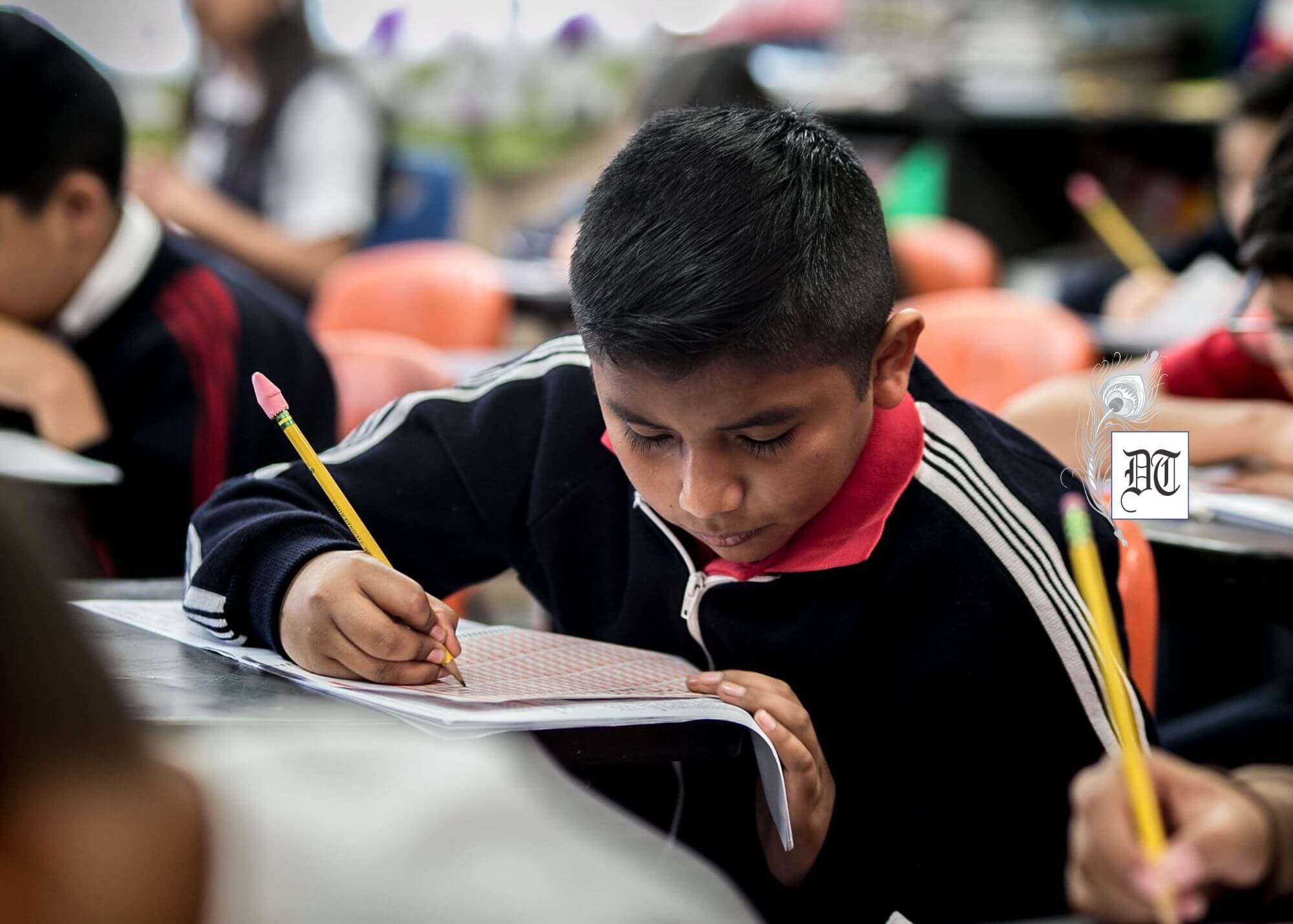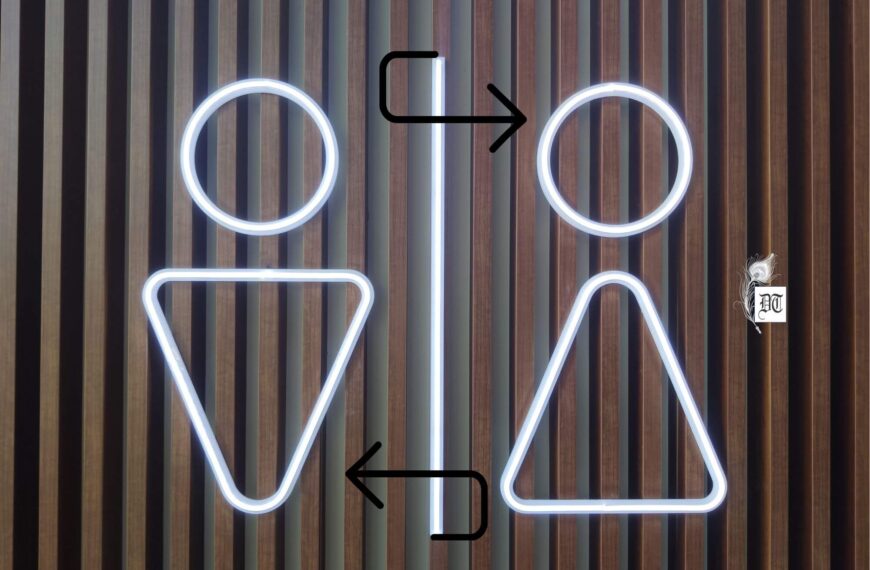Concetta’s exploration of gender fluidity examines its historical context, from colonial impacts on diverse gender expressions to the evolution of modern terminology, exclusively for Different Truths.

In our previous exploration of gender fluidity, we examined what it means to experience a shifting sense of gender identity and why support and validation are essential. However, to fully understand gender fluidity in today’s world, it is important to recognise the historical forces that have shaped how societies perceive and enforce gender norms. From the impact of colonisation to the evolution of modern terminology, gender diversity has always existed, even if language has only recently caught up.
The Impact of Colonisation Gender Identity
European colonisation played a major role in imposing rigid gender norms on societies that previously embraced more fluid understandings of gender. When European settlers arrived in North America during the 1500s, they sought to enforce binary gender roles within Indigenous communities. Gender and sexual identities that fell outside this framework were often criminalised, with colonisers actively working to suppress or erase the existence of identities such as Two-Spirit individuals. This erasure was not incidental; rather, it was a deliberate effort to dismantle cultural traditions before they could be formally recorded.
Similarly, in the Philippines, the Spanish arrival in 1520 marked the beginning of a forced shift toward European gender ideals. The term baklâ, which once referred to a recognised identity within Filipino society, was transformed into a derogatory slur, reinforcing the pressure to conform to Western norms. By enforcing binary gender roles across colonised territories, European powers effectively suppressed longstanding traditions, altering cultural histories and reshaping identities in ways that still impact these societies today.
Gender Fluidity in the Modern Age
The language we use to describe gender diversity today did not emerge until the mid-20th century. Concepts like “gender identity,” “gender roles,” and “transgender” began gaining recognition in the 1950s and 1960s, leading to ongoing discussions about how historical figures and cultures understood gender variation.
One early literary exploration of gender fluidity can be found in Virginia Woolf’s 1928 novel Orlando: A Biography, in which the protagonist undergoes multiple gender transitions. Woolf wrote:
“In every human being, a vacillation from one sex to the other takes place, and often it is only the clothes that keep the male or female likeness, while underneath the sex is the very opposite of what it is above.”
Despite the relatively recent emergence of terminology like “gender fluidity,” the concept itself has long existed across cultures. Gender theorist Kate Bornstein first introduced the term “gender fluidity” in her 1994 book “Gender Outlaw: On Men, Women, and the Rest of Us.” It later appeared in “The Second Coming: A Leatherdyke Reader” (1996), further establishing its place in discussions about gender diversity.
As language continues to evolve, new terms emerge to articulate identities that have existed for centuries. The ability to define oneself is an important step in validating gender experiences and ensuring visibility for those whose identities do not conform to binary expectations.
Key aspects of gender-fluid expression may include:
- Adjusting one’s clothing choices based on current gender identity
- Experimenting with different styles to explore comfort and authenticity
- Creating spaces—whether online or in-person—where one feels safe to express gender without judgment.
The most important thing is honouring one’s sense of identity without feeling pressured to conform to expectations. Whether your gender expression changes daily or remains stable for long periods, your identity remains valid.
The Journey of Self-Discovery
Exploring gender identity is a deeply personal experience that varies from person to person. The signs of gender fluidity outlined here are not rigid guidelines but rather points of reflection to help individuals better understand themselves.
There is no “correct” way to be gender fluid. Some may experience fluctuating gender dysphoria, while others might find joy in expressing different identities at different times. Each journey is unique, and every gender-fluid individual deserves recognition and respect.
For those seeking community and further resources, platforms like the Taimi LGBTQ Wiki offer valuable information and support networks. Gender exploration is a personal journey, but no one has to navigate it alone.
References:
Bosson, Jennifer K.; Vandello, Joseph A.; Buckner, Camille E. (2018). The Psychology of Sex and Gender. Thousand Oaks, California: Sage Publications. P. 54. ISBN 978-1-5063-3134-8. OCLC 1038755742. Archived from the original on 28 May 2020. Retrieved 4 August 2019.
Bornstein, K. (1994). Gender Outlaw: On Men, Women, and the Rest of Us. Routledge.
Cronn-Mills, Kirstin (2015). Transgender Lives: Complex Stories, Complex Voices. Minneapolis, Minnesota: Twenty-First Century Books. p. 24. ISBN 978-0-7613-9022-0.
https://www.hrc.org/news/two-spirit-and-lgbtq-idenitites-today-and-centuries-ago
Katz-Wise, S. L., PhD. (2020, December 3). Gender fluidity: What it means and why support matters. Harvard Health Publishing. Retrieved from https://www.health.harvard.edu/blog/gender-fluidity-what-it-means-and-why-support-matters-2020120321544
Robinson, Margaret (2020-10-14). “Two-Spirit Identity in a Time of Gender Fluidity”. Journal of Homosexuality. 67 (12): 1675–1690. Doi:10.1080/00918369.2019.1613853. ISSN 0091-8369.
Woolf, V. (1928). Orlando: A Biography. Hogarth Press
Picture by author





 By
By
 By
By

 By
By